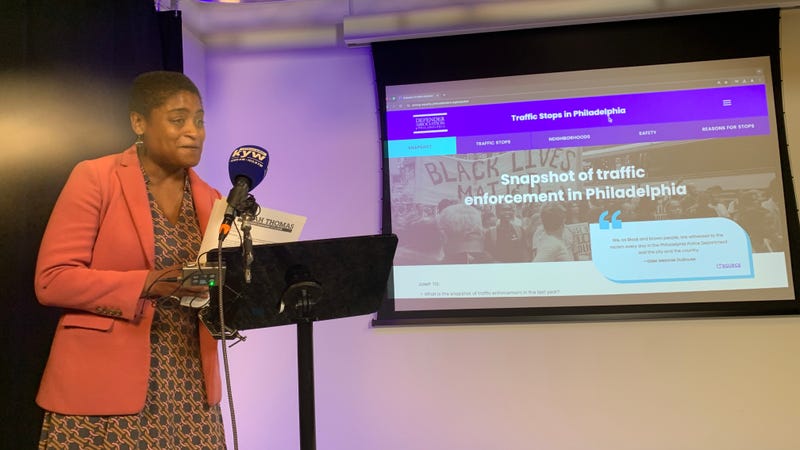
PHILADELPHIA (KYW Newsradio) — In the three years since Philadelphia’s “Driving Equality” law took effect, in an attempt to reduce racial disparity in police traffic stops, it has yielded some success, but the law’s sponsor in City Council says it has fallen short of its goal.
The law reclassified eight minor traffic violations to remove traffic stops as a means of enforcement—things like a single tail light being out or something hanging from the rearview mirror. Councilmember Isaiah Thomas found that Black drivers were far more likely than others to be stopped for such minor matters, and the stops almost never resulted in anything other than a citation. Such police action did nothing for the larger public safety picture.
The good news is racial disparities in traffic stops for Black drivers are about 9% lower than before the law took effect, with no impact on public safety. The bad news is that Black drivers continue to be the group most frequently stopped—more than all other groups combined—and the number of traffic stops was up slightly last year.
“I would give it around a C,” he said. “We know we have a lot more work to do but we feel like we’re moving in the right direction.”
Thomas says a companion bill that required police to post data about traffic stops has never been fully implemented, but the Defender Association of Philadelphia has devised a dashboard to make the available information easy to navigate.
“The dashboard allows anyone to explore how, when and where Philadelphia police are making traffic stops and who they are stopping,” said Chief Defender Keisha Hudson.
She says she hopes it will improve accountability.
“Knowledge is power and can lead to a safer, more just Philadelphia,” she said.
The dashboard shows more stops are being made on roads in the High Injury Network—areas with high numbers of traffic-related deaths and injuries—and that the most common reasons are running red lights and stop signs. Before the law, the most common reason for a traffic stop was that a vehicle was missing a head light or tail light.
